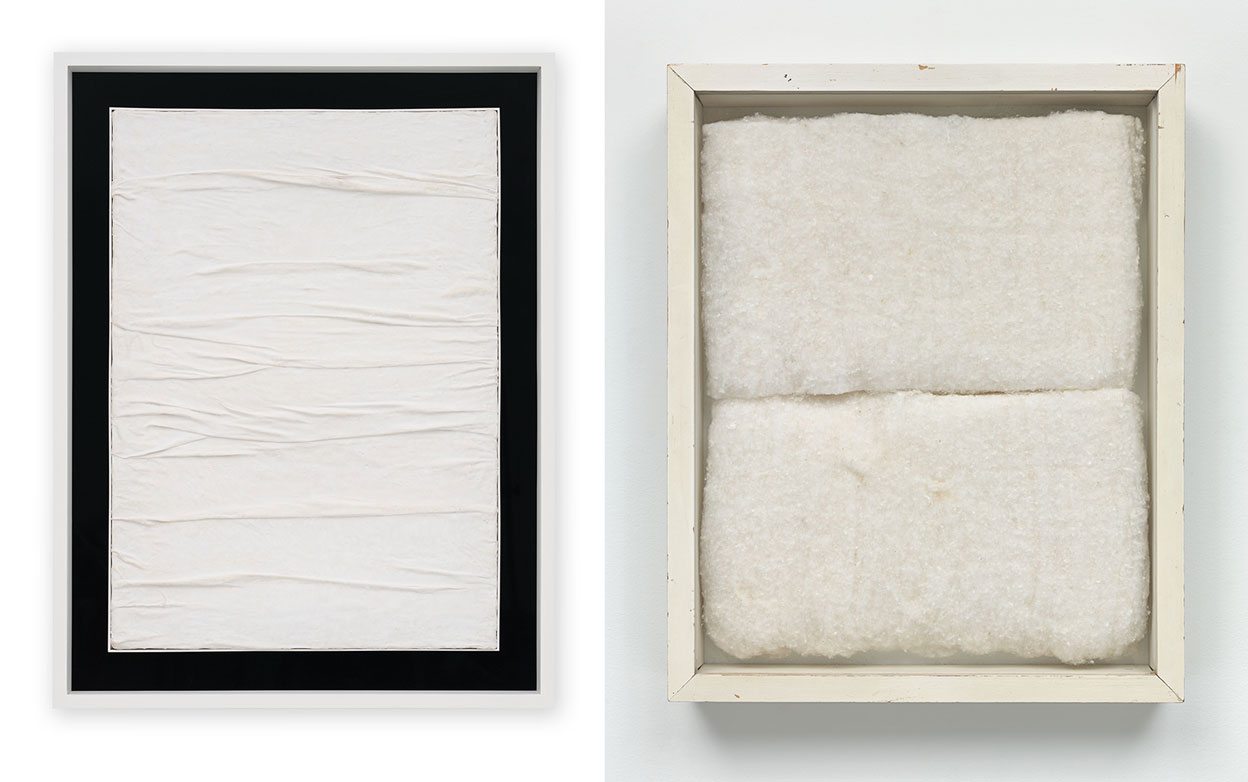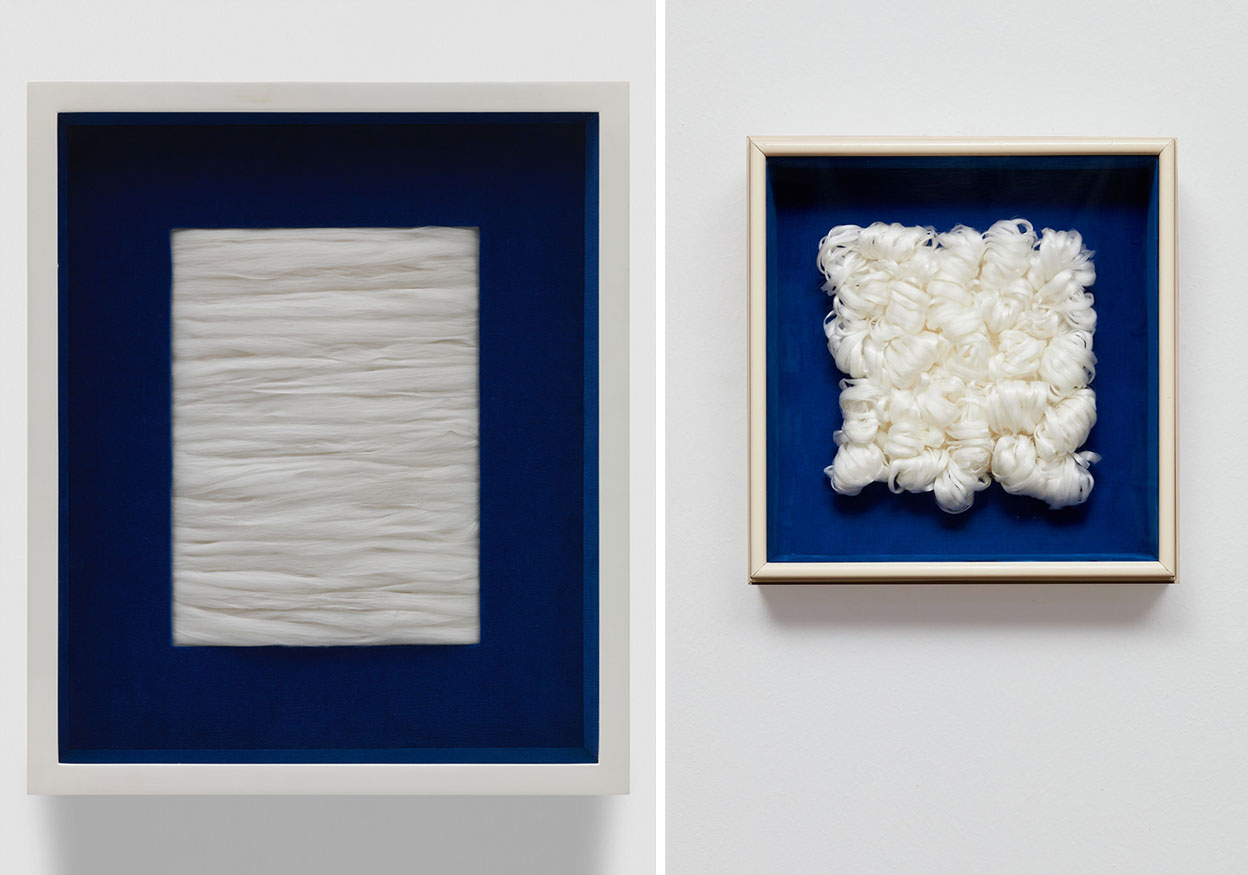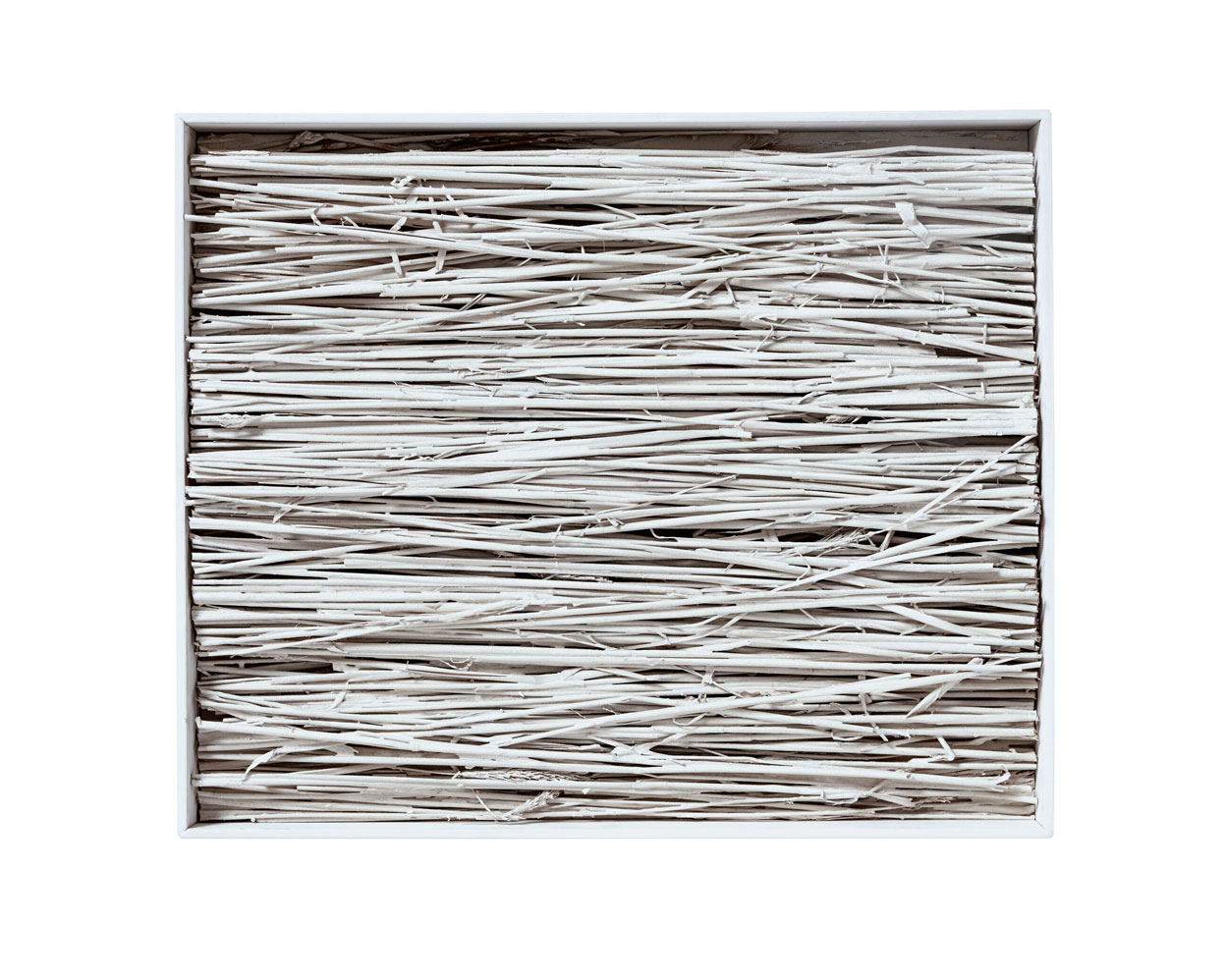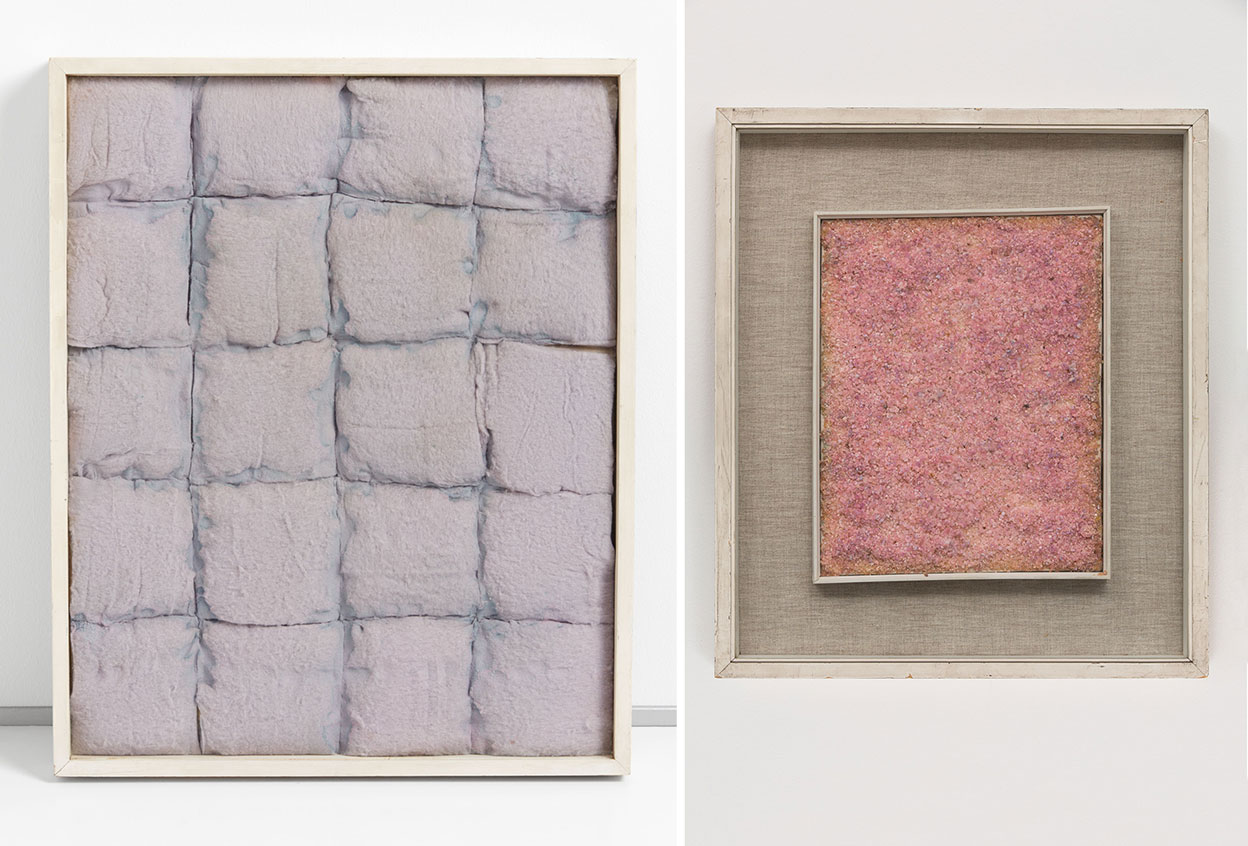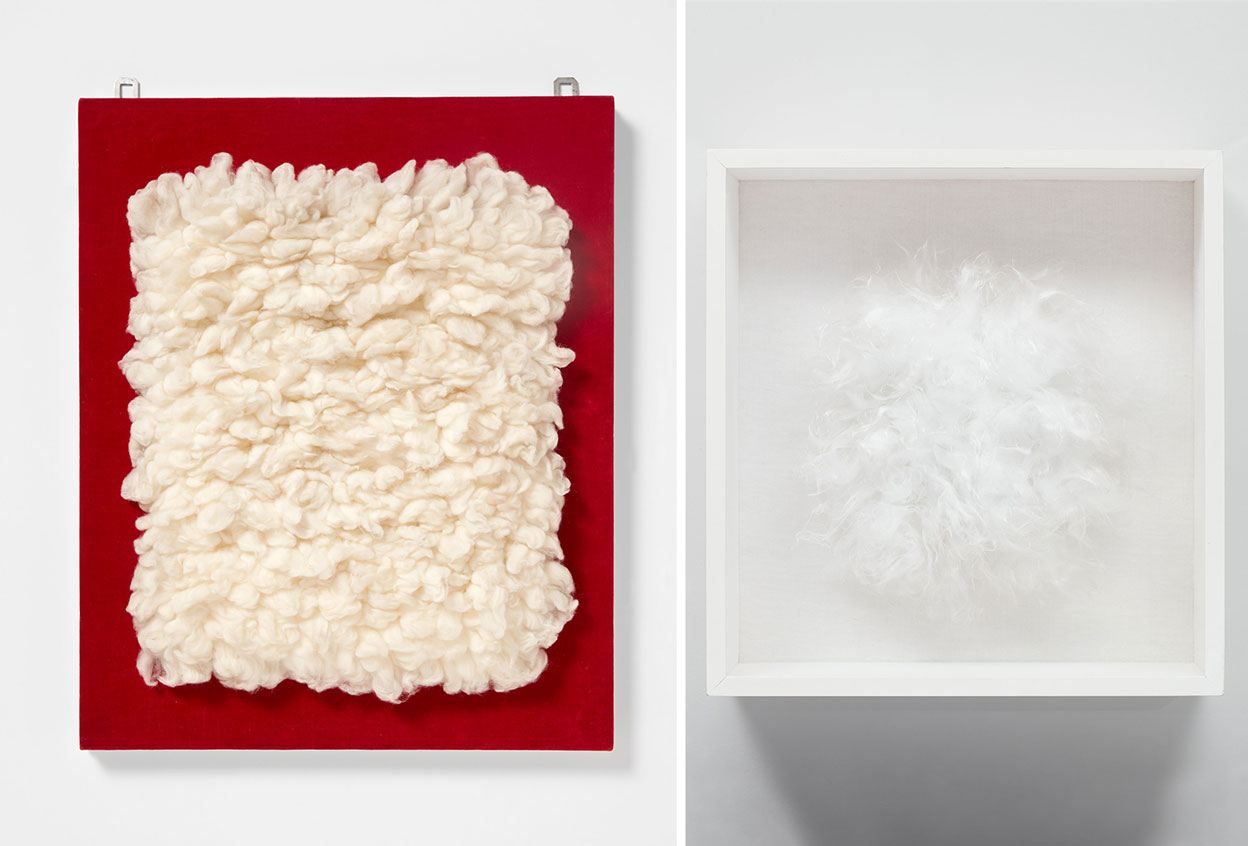ART-PRESENTATION: Piero Manzoni-Materials of His Time
 Influenced by his country’s rapidly changing economy, most of Piero Manzoni’s work is a critique on consumerism, especially in the art world. This explains why a lot of his artworks seem to push the envelope on what we can consider commercially viable art. He sold completely white canvases, eggs with his thumbprints on them, balloon’s filled with his own breath and perhaps most famously, tin cans full of the his crap.
Influenced by his country’s rapidly changing economy, most of Piero Manzoni’s work is a critique on consumerism, especially in the art world. This explains why a lot of his artworks seem to push the envelope on what we can consider commercially viable art. He sold completely white canvases, eggs with his thumbprints on them, balloon’s filled with his own breath and perhaps most famously, tin cans full of the his crap.
By Efi Michalarou
Photo: Hauser & Wirth Gallery
Two concurrent exhibitions devoted to Piero Manzoni: “Piero Manzoni. Materials of His Time” and “Piero Manzoni. Lines” unfold over two floors of Hauser & Wirth Gallery in New York and focus on Manzoni’s most significant bodies of work: his “Achromes” and “Linee”. The exhibition “Materials of His Time” features more than 70 of Manzoni’s radical “Achromes” and surveys the artist’s revolutionary approach to unconventional materials, such as sewn cloth, cotton balls, fiberglass, bread rolls, synthetic and natural fur, straw, cobalt chloride, polystyrene, stones, and more. Lucio Fontana, who had published his “Manifesto Blanco” in 1946, was an influential artist for Manzoni. Fontana was a familiar figure in the small Italian town of Abisola where Manzoni spent summers with his family, and he regularly encountered the older artist. Early in 1957 Manzoni visited two exhibitions in Milan that were also to become important for the development of his ideas: “Proposte monochrome. Epoca blu” by Yves Klein at the Galleria Apollinaire, and an exhibition of work by Alberto Burri at Galleria del Naviglio. Manzoni began making his Achromes the same year. In January 1960 he would formulate his thoughts in a text entitled “Free Dimension”. In this Manzoni wrote: “My intention is to present a completely white surface (or better still, an absolutely colorless or neutral one) beyond all pictorial phenomena, all intervention alien to the sense of the surface. A white surface which is neither a polar landscape, nor an evocative or beautiful subject, nor even a sensation, a symbol or anything else: but a white surface which is nothing other than a colourless surface, or even a surface which quite simply ‘is”. These unorthodox elements appear in works throughout the exhibition, including “Achrome” (1962), which comprises a four by four grid of bread rolls covered in kaolin, and “Achrome” (1962), wherein tufts of stretched synthetic fiber form a rectangle. In addition to asserting that the “Achromes” are nonrepresentational beyond their physical components, Manzoni continuously stripped content from form by eliminating associations and visual referents. Despite the range of materials and shades of white employed in creating the works, their meaning remained constant. Manzoni’s various techniques reflect his search for an absolute surface. When his materials possessed an inherent hue, like cobalt chloride salt or synthetic silk, as seen in “Achrome” (1961), Manzoni didn’t view this quality as a color, but rather as a property of an Achrome. In later years the “Achromes” were made with colorless materials such as cotton, felt, fibreglass and polystyrene, which were adhered to a board but otherwise untransformed. In the exhibition is also on show, for the first time in New York, the items on a wish list Manzoni outlined in a 1961 letter to his friend Henk Peeters: a room all in white fur, and another coated in fluorescent paint, totally immersing the visitor in white light.
Info: Curator: Rosalia Pasqualino di Marineo, Hauser & Wirth, 548 West 22nd Street, New York, Duration: 25/4-26/7/18, Days & Hours: Tue-Sat 10:00-18:00, www.hauserwirth.com
